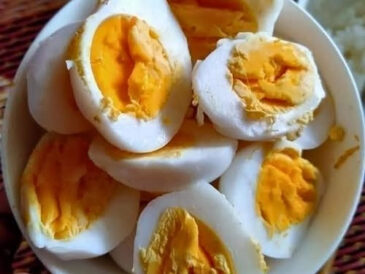6.3. Importance of Roux
The roux acts as a stabilizer in the sauce. It coats the starch molecules, preventing them from forming large clumps that could lead to a lumpy sauce. It also helps thicken the sauce and ensures the cheese integrates smoothly into the liquid.
7. Common Mistakes and How to Avoid Them
| Problem | Possible Cause | Solution |
|---|---|---|
| Grainy sauce | Too high heat or adding cheese directly to the sauce | Cook on low heat, add cheese off the heat |
| Sauce too thick | Too much flour or not enough liquid | Add more milk or cream, whisk vigorously |
| Sauce too thin | Not enough roux or undercooked | Let it cook longer or add a slurry to thicken |
| Floury taste | Under-cooked roux | Cook the roux longer to eliminate the raw flour flavor |
| Separation | Overheating the sauce or adding cold cheese | Stir in cheese gradually and avoid overheating |
8. Variations and Adaptations
8.1. Mexican Queso Sauce
- Base: Cheddar + Monterey Jack
- Add-ins: Green chilies, tomatoes, onions, cilantro
- Serve with: Tortilla chips for classic nachos.
8.2. Four-Cheese Sauce
- Cheese blend: Cheddar, mozzarella, gorgonzola, and Parmesan
- Texture: Extra stretchy, with a more complex flavor profile.
- Ideal for: Mac & cheese, baked dishes, or gourmet fries.
8.3. Lighter Version
- Substitute half the cream with vegetable broth or skim milk
- Use light cheese or ricotta instead of cheddar
- Herb-based seasonings to compensate for the richness.
8.4. Vegan Cheese Sauce
- Vegan butter and flour for the roux
- Plant-based milk (soy, oat) and cashew cream for richness
- Vegan cheese shreds and nutritional yeast for a cheesy flavor.
9. Pairing and Presentation
9.1. Classic Fries
Generously drizzle the sauce over crispy fries, and garnish with finely chopped parsley or chives for added freshness.
9.2. Loaded Fries
- Fries + cheese sauce + crispy bacon bits + red onion pieces + a squeeze of lemon
- Tex-Mex variation: Add cilantro, jalapeños, black beans, and pico de gallo.
9.3. Vegetables for Dipping
- Carrot sticks, celery, bell pepper for a balanced appetizer
- Steamed broccoli topped with cheese sauce for a quick gratin.
9.4. Burgers and Sandwiches
- Use the cheese sauce as a topping for gourmet burgers.
- Elevate your grilled cheese sandwiches by using the sauce instead of regular cheese.
10. Storage and Reheating
- Refrigeration: Keep the sauce in an airtight container for up to 3 days.
- Reheating: Heat gently on the stove, stirring occasionally and adding a little milk if necessary.
- Freezing: Not recommended as the texture may separate upon thawing.
11. Nutritional Values (Per 100g)
- Calories: ~220 kcal
- Fat: 18g (11g saturated)
- Carbohydrates: 4g (less than 1g sugar)
- Protein: 8g
- Salt: 0.5g
Dietary Adaptations: Use lighter cream and cheeses, monitor portion sizes for a healthier version.
12. Detailed FAQ
Q: Can I prepare this sauce in advance?
A: Yes, store the sauce in the fridge for up to 3 days, and reheat gently on the stove with a bit of milk if necessary.
Q: What cheeses should I avoid?
A: Soft, very wet cheeses like brie or camembert don’t melt well and can create a greasy texture.
Q: Can I make it without a roux?
A: It’s possible, but using the roux helps create a smoother, more stable sauce.
Q: How can I quickly thicken the sauce?
A: Mix 1 tbsp cornstarch with 1 tbsp water, then stir it into the sauce while cooking.
Q: Can I double the recipe?
A: Yes, just maintain the same roux-to-liquid-to-cheese ratio to ensure the correct texture.
13. Conclusion
Cheese sauce for fries is an essential part of comfort food culture. By mastering the techniques of roux, cheese melting, and balancing fats and liquids, you’ll be able to create a smooth, creamy, and utterly delicious sauce every time. Experiment with different cheeses, spices, and accompaniments to make the sauce truly your own. Enjoy!




